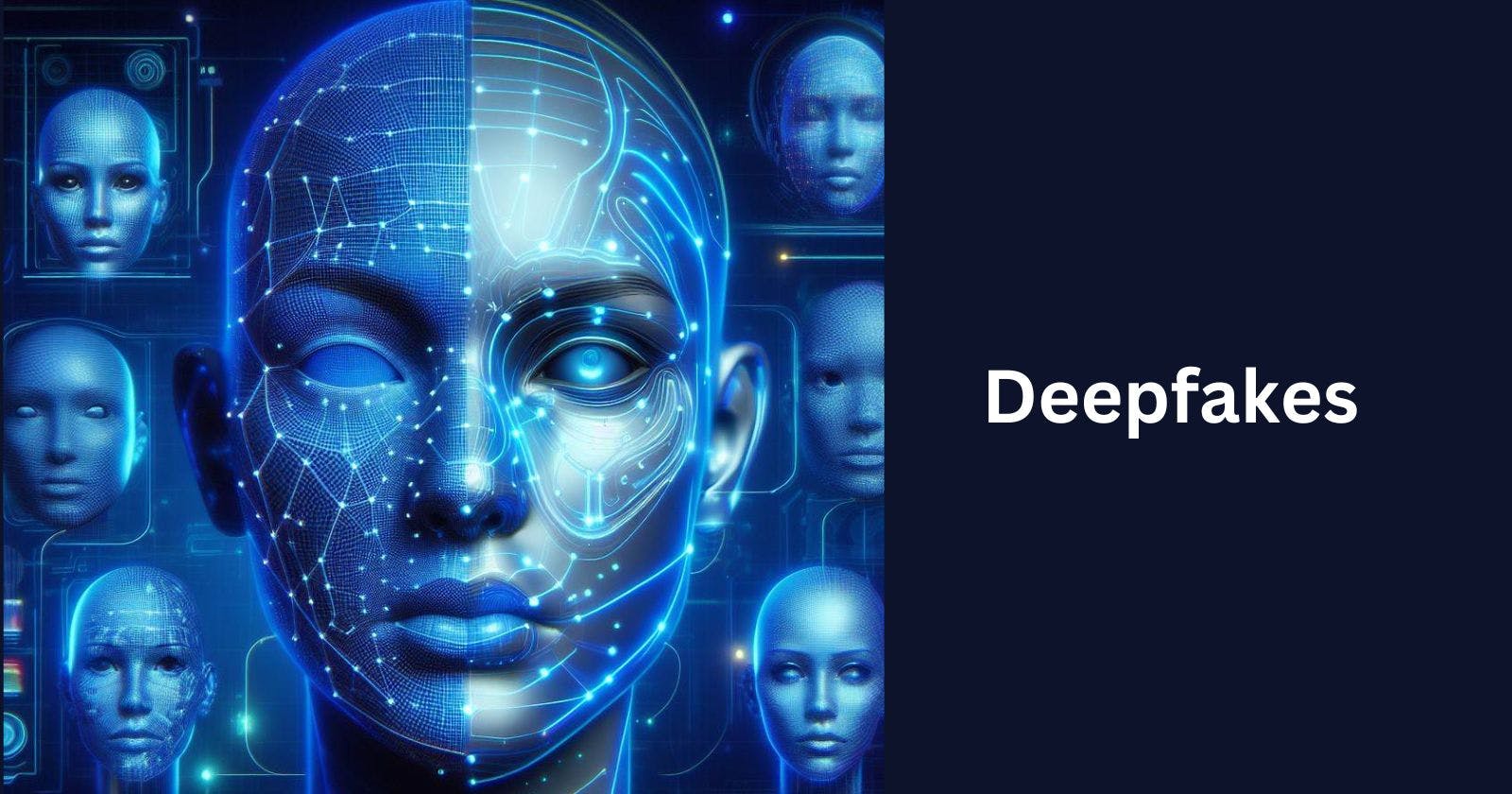The K-pop industry is no stranger to leveraging technology for creative performances. From holograms to augmented reality, companies consistently integrate innovative tech to captivate fans. However, the recent introduction of deepfake technology has sparked debate within the community.
What are Deepfakes?
Deepfakes utilize artificial intelligence (AI) to superimpose existing images and videos onto source content. The advanced neural networks can reconstruct facial expressions and mouth movements to match audio cues. The resulting videos appear strikingly realistic.
While deepfake technology has legitimate applications, like historical reenactments, it also carries significant risks. Deepfakes gained notoriety for creating explicit content without consent. The lack of regulation and potential for misuse has raised ethical concerns.
Enter - Eternity, the AI K-pop Group
Eternity, an 11-member girl group created by Pulse 9, debuted their single, “I’m Real,” earlier this year. The team utilized deepfake tech to generate their band members’ appearances. Everything from their facial expressions, dancing, vocals, and visuals stemmed from AI algorithms.
The uncannily realistic, synchronized result demonstrated deepfake capabilities in action. Some praised the innovation while others criticized the exploitation of real people’s likenesses without consent. The debate about AI’s role in music continues as companies push boundaries.
Visual Spectacle or Hollow Replica?
On the visual front, Eternity’s music video dazzles. Vibrant CGI environments pair with intricately designed virtual members. Every strand of hair and outfit shines in quality rendering. There’s no doubt the visuals aim to wow.
However, the reliance on effects over nuanced performance creates distance. Fans connect with idols through raw talent and personality. The sterile mimicry struggles to resonate emotionally.
While Pulse 9 likely intends to complement performers using CGI, the result veers towards replacement over enhancement. Without regulations ensuring consent over likenesses, the performances walk an ethical tightrope.
Slick Moves, Static Faces
Eternity’s synchronized choreography impresses in execution. The uniformity and precision achieve stunning mirroring effects during formations. However, the uniformity exposes limitations.
The robotic rigidity of expressions creates an uncanny valley effect. Faces remain largely static aside from mouth movements matching the track. It lacks the dynamic range and candidness of human performances. The mystery over the real identities behind the likenesses exacerbates the disconnect.
There’s no doubt the technology enabling accurate motion capture and rendering will continue advancing. But without tackling authentic emotional expression, it rings hollow.
Vocals Miss The Mark
Another pain point in Eternity’s debut stems from the vocals. Listeners found the singing quality emotionless and disconnected from the backing track. The AI modeling generates accurate sounds but the magic touch of human singers goes missing.
Fans cherish the color and texture that unique voices bring to music. Technological help smoothing vocals is commonplace now, but full voice synthesis struggles to resonate. The tuning and mixing also faced criticism for poor balancing with instruments.
As with other aspects of Eternity’s package, Pulse 9 likely views synthesized vocals as an avenue for innovation. But the novelty wears off quickly when the soul disappears. It raises questions about prioritizing convenience over connection.
Paving The Future or Exploiting the Past?
As visual thrills captivate attention, ethical issues simmer below the surface. The lack of consent, proper crediting, and compensation for likenesses used troubles many. The risk of misuse by bad actors can’t be ignored.
However, technology refuses to slow down. As methods advance, policies and regulations need addressing. Guidelines ensuring proper consent and usage behind likenesses provide a path forward. Shared intentions to enhance artists and fan experiences also help alleviate reservations.
Eternity may fade or flourish but the concept won’t vanish. K-pop changed by innovating within constraints – AI needs to adapt within ethical bounds. Progress lives in balance, not exploitation.
The rise of deepfakes in K-pop challenges ideas about performance, connection, and technology’s role in enhancing artistry. Pulse 9 tests boundaries by synthesizing every aspect of Eternity. But technical wizardry without soul rang hollow for many.
Technology will continue expanding possibilities but restraint and human core values need to be upheld to avoid losing the plot. Ethics and authentic interaction must underscore innovations. Shared intentions behind advancing capabilities also require nurturing.
Eternity may represent a future vision or temporary novelty. The verdict is still out. But the conversation their debut sparked remains valuable in pondering AI’s best contributions. Finding the harmony between virtual and genuine defines the next chapter.

